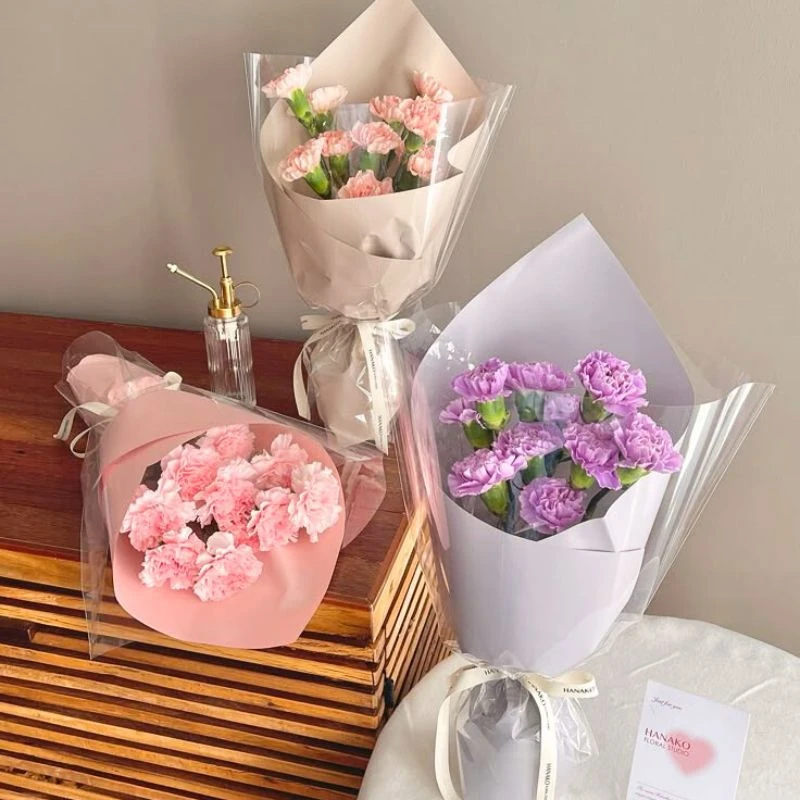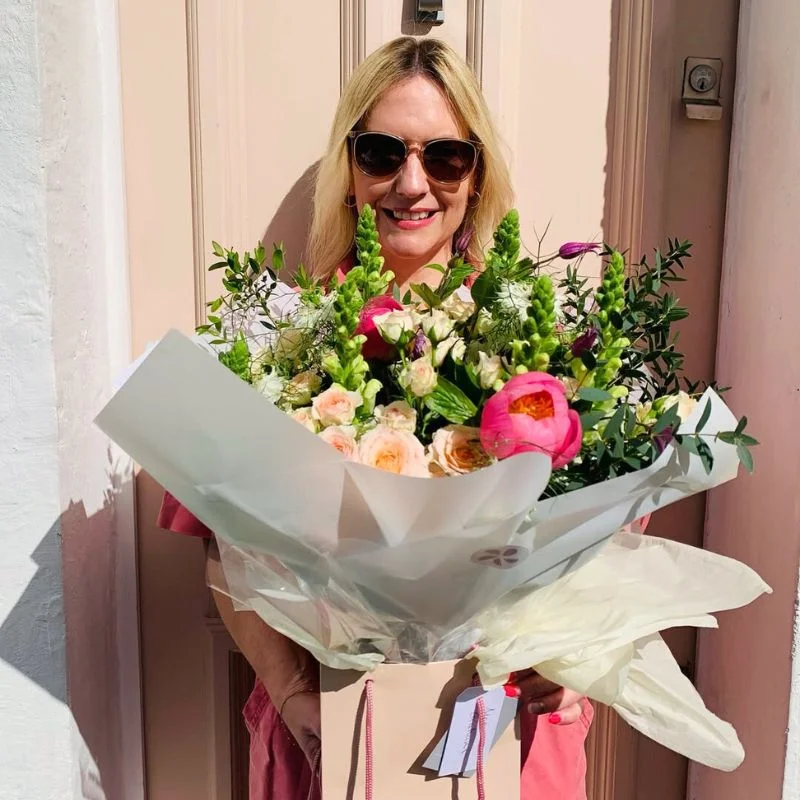Your target audience defines the direction of your entire marketing campaign. From product development to which social media platforms you use, you need to know who you’re trying to reach before you make any major decisions. By defining your niche, you’re ready to start conquering it!
What Is a Target Audience?
A target audience - also referred to as a target market - is the group of consumers you’re trying to reach. These are the people that you think would like to buy your flowers, and they’re grouped together based on common characteristics and behaviors. For example, some common details you need to know about your audience include:
- Age
- Gender
- Nationality
- Location
- Hobbies and interests
- Values
The clearer you get on who your audience is, the easier it is to reach them with your marketing. People who aren’t in your target audience can still buy from you, but your return on investment (ROI) is likely to be smaller with this group. For example, if you’re a luxury brand, then your target market is likely to be those with higher income. That doesn’t mean that people with lower incomes won’t buy anything, but marketing to them is less likely to see a profitable return.
Target Segmentation
Target segmentation divides your audience into smaller, more niche groups. This allows you to create more relevant marketing strategies that are specific to the groups. For your flower company, for example, your entire target audience can be split into the purpose of buying. How you advertise to a man purchasing flowers for his partner would be very different from advertising to an event manager looking for sustainable floristry.
Before creating your marketing messaging, consider which group of your target audience you’re trying to reach. You can change this every time you create a different campaign, so don’t worry about leaving anyone out.
How to Define Your Target Market
Once you’re clued up on what a target audience is, it’s time to start defining yours. Here are some tips to get started:
Use a Prospecting Tool
If you’re not very confident in your marketing skills or you want to be certain of your target audience, you can bring in the use of experts. A prospecting tool can uncover the people who will be interested in your flowers, saving you a whole lot of time and streamlining your marketing messaging. Outbase, a B2B sales prospecting solution, describes prospecting as a way to “Navigate and engage markets with ease and confidence”, delivering constant leads to your flower company.
Collect Customer Data
For established flower businesses that already have customers, compile data to learn more about your audience. This could be done through surveys that give existing customers a discount or through cookies that track user behavior on the internet. If you use the phone to connect with your customers, use an alternate phone number to collect data from multiple market segments. Understanding more about the people already choosing to shop with you will tell you a lot about who to market to in the future.
Use Social Media
Competitor research is a crucial part of marketing, and using social media is a great way for non-experts to start conducting a little bit of analysis. First, you’ll need to find some profiles of competitors. Try to choose businesses with similar USPs to you or more general flower companies with larger followings. Then, take some time going through their followers and detailing similarities. Perhaps they’re overwhelmingly female, young, or live in a certain area. This isn’t the most in-depth information, but it’s a good starting point!
It’ll also teach you more about saturated markets. If you can see that there are a lot of flower companies geared toward older consumers, it might be a bad idea to target the same segment.
Take Advantage of Google Analytics
Google Analytics is a great free tool that gives you access to tons of useful data. It tells you more about who’s visiting your website, including where they’re from, which pages they view most frequently, and which channels they’re visiting you from. You can track their activity and learn more about their behavior, using the information to direct your future marketing strategies.
Create a Customer Profile
As you collect information on your target audience, use it to create a customer profile. This should include in-depth details on exactly the sort of consumer you’re looking to attract and segment your larger audience into smaller niches. Every time you create a new marketing campaign, use your customer profile to inform your decisions and make sure you’re heading in the right direction.
Final Words
Every floral business needs to know its target audience. But finding out exactly who you’re trying to reach can be tricky! Hopefully, these tips will help you start uncovering more about the consumers you need to market to for effective, ROI-based marketing.










